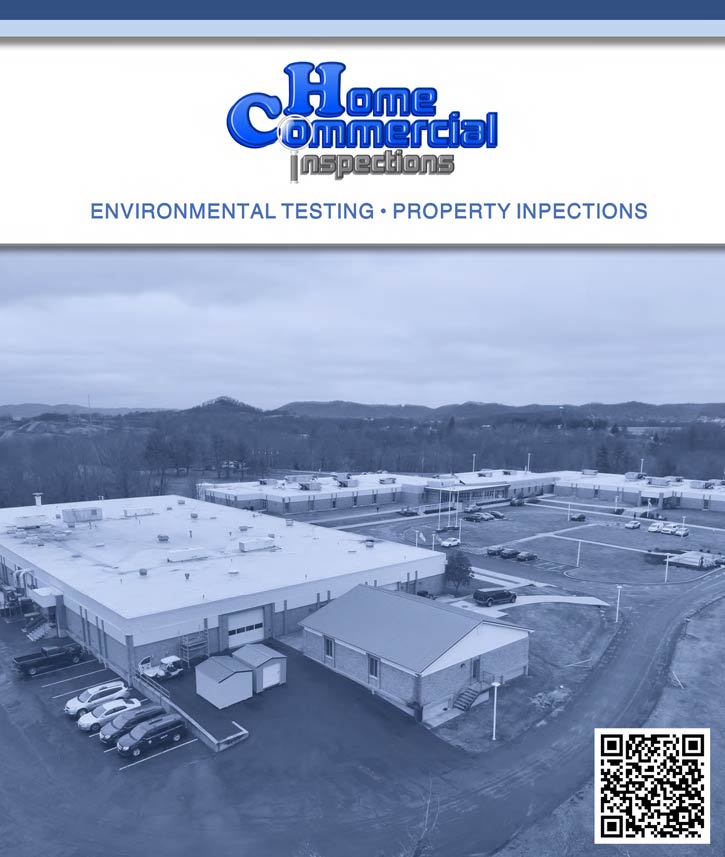Radon Inspections for Your Commercial Property
The potential for radon in commercial buildings should never be overlooked. Employees can spend eight hours or more a day at their place of work, and if radon levels are high, they are at risk of developing lung cancer and other serious illnesses.
Employers must make sure their workplace is safe and healthy; this includes testing for radon gas. There is no EPA-specified radon action level for commercial properties; however, we recommend applying the residential standard of 4 pCi/L.
Commercial Property Considerations
Which Commercial Properties Do You Inspect for Radon?
- Retail stores
- Shopping malls
- Churches
- Office buildings
- Administration buildings
- Hospitals and clinics
- Restaurants
- Warehouses
We also inspect multifamily apartment buildings, schools, and homes.
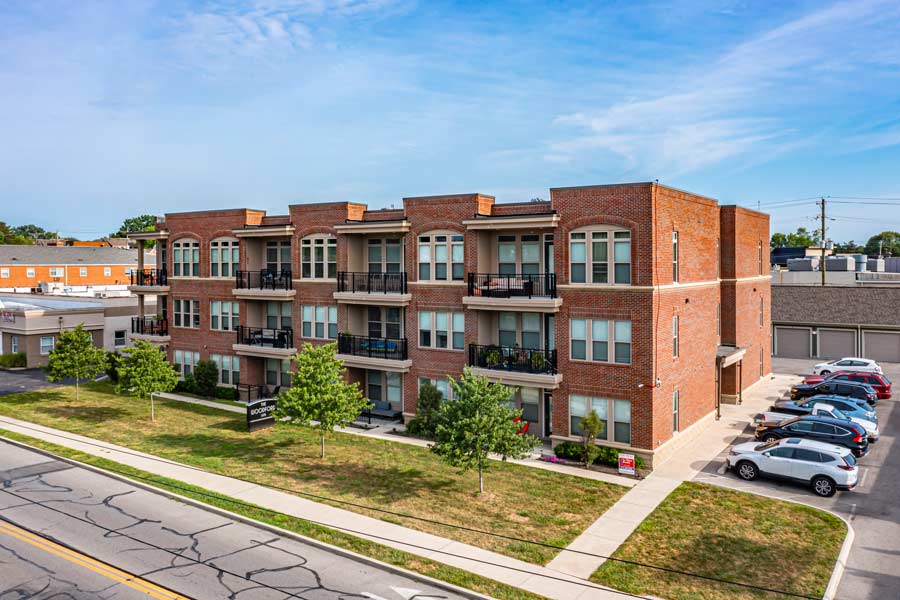
Radon in Multifamily Buildings
Safeguard Your Employees’ Health with Commercial Radon Testing
- Improved Productivity: Radon exposure can lead to health issues that impact employee productivity and absenteeism.
- Reduced Legal Liability: By promptly addressing radon problems, you minimize the risk of legal claims following radon-related health conditions.
- Healthier Workplace: Professional radon testing and mitigation through Home & Commercial Inspection enhances the health and safety of your workplace, reducing exposure risks and creating a more comfortable environment for employees.
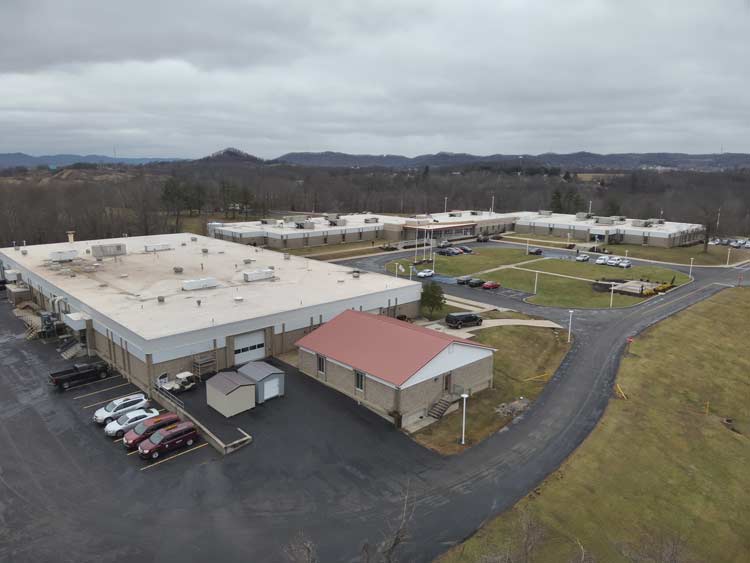
Radon in Schools
Get the Best Radon Inspection in Ohio!
We proudly provide the best commercial radon inspection in Ohio! For businesses, it’s important to protect your investment with a thorough inspection because most property owners are unaware of the dangers and prevalence of radon in our state. In some cases, Ohio business owners simply aren’t aware of the importance of a general inspection, so we strongly recommend including a commercial radon test as part of your property’s evaluation.
With over ten years of experience, Home & Commercial Inspections LLC is the best choice for Ohio area business owners looking for expert radon inspection services. Our licensed commercial radon inspectors have the knowledge and experience to quickly conduct a thorough inspection, so you can feel confident your business provides a safe and healthy environment for everyone.
What is Radon?
The potential for radon in commercial buildings should never be overlooked. Employees can spend eight hours or more a day at their place of work, and if radon levels are high, they are at risk of developing lung cancer and other serious illnesses.
Employers must make sure their workplace is safe and healthy; this includes testing for radon gas. There is no EPA-specified radon action level for commercial properties; however, we recommend applying the residential standard of 4 pCi/L.
Is There a Safe Level of Radon?
The United States Environmental Protection Agency (USEPA) has determined that a measurement of less than 4 picocuries per liter of air is a safe level. Once the concentration of radon reaches 4.0 pCi/L or above, the USEPA recommends that property owners take action to reduce the amount of radon and protect their health.
When inhaled or absorbed in small quantities (less than 4.0 pCi/L), radon is not considered a health threat. If testing reveals levels above the norm, further analysis is necessary. Both odorless and colorless, it is impossible to detect without special equipment, and prolonged exposure can lead to lung cancer.
Where Does Radon Come From?
How Does Radon Affect the Body?
How Does Radon Affect Smokers?
Smokers who are exposed to radon have a significantly higher risk of developing lung cancer. Years of smoking can damage the protective membranes that cover the lungs. Without the help of these membranes, the lungs are left more vulnerable to the harmful cancer-causing effects of radon. The statistics regarding exposure to high levels of radon, smoking, and lung cancer are frightening.
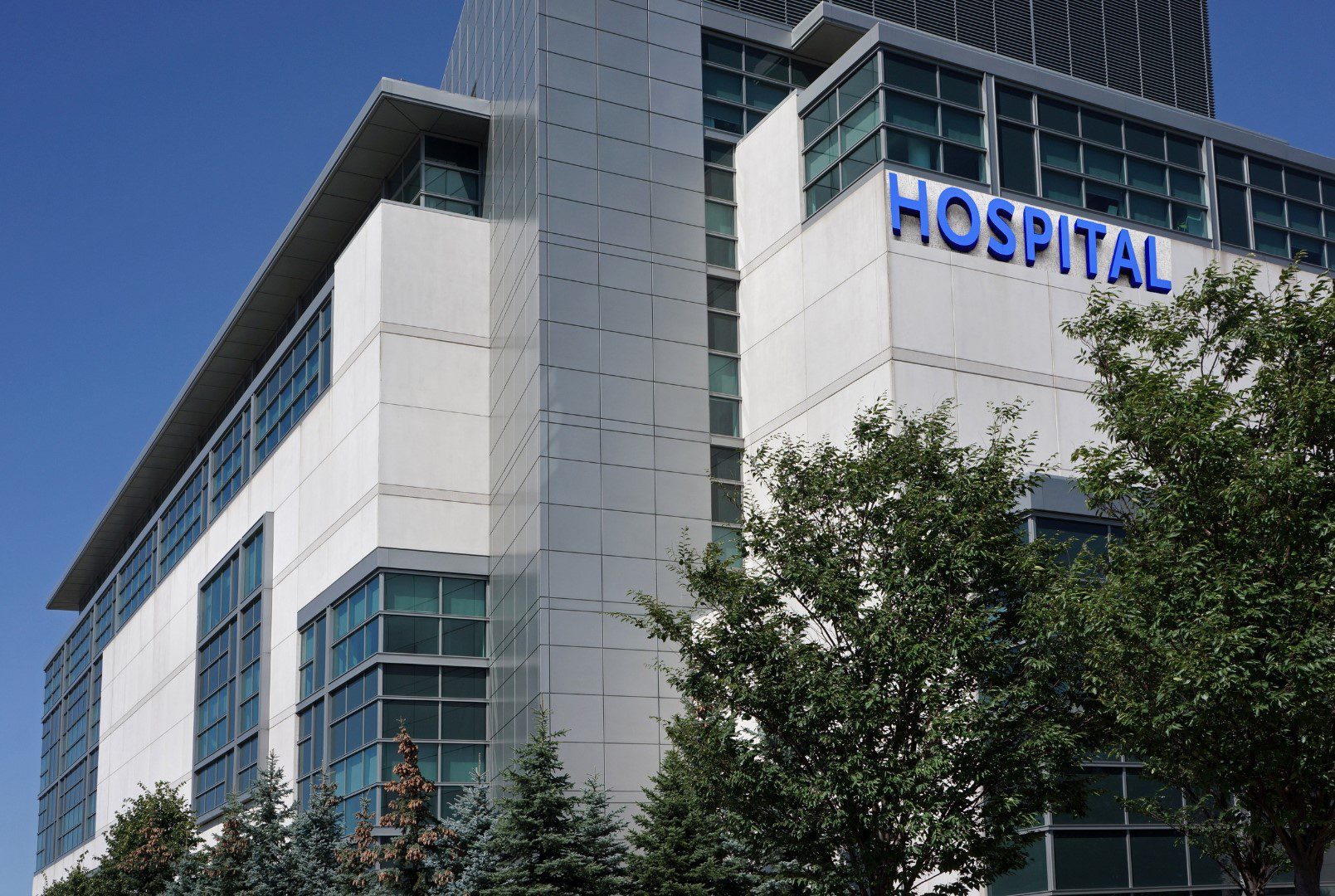
Radon in Hospitals
How Does Radon Enter My Business?
Hospitals Radon enters commercial buildings through cracks around the structure and holes in the foundation. As uranium, which naturally occurs in the soil, decays, it turns into radium and gives off radon gas. This odorless and colorless gas can easily seep through tiny cracks.
In addition, decaying matter can also attach to building materials, which means that low levels may be detected in drywall, granite countertops, and other areas of the property. Getting your foundation and crawl spaces inspected is part of the prevention process, but the only way to ensure your business is safe is to have the property specifically tested for radon.
How Do I Test for Radon?
The best option is to hire a highly trained and licensed expert to conduct the testing. A passive test kit might give you a general reading, but it is only a short-term solution. If high levels of radon are detected, you will have to invest in a professional inspection that will pinpoint the source of radon and make specific recommendations for reducing your exposure, ensuring radon gas remains at a safe level.
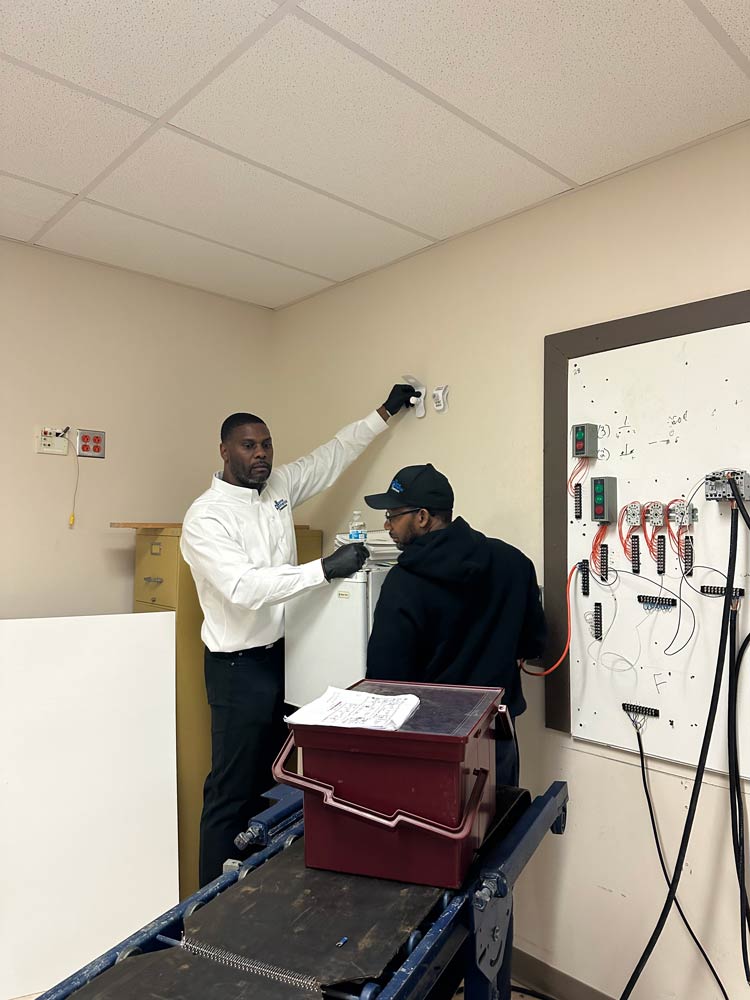
Commercial Building Radon Testing Using a Liquid Scintillation Radon Device
What Does a Radon Inspection Involve?
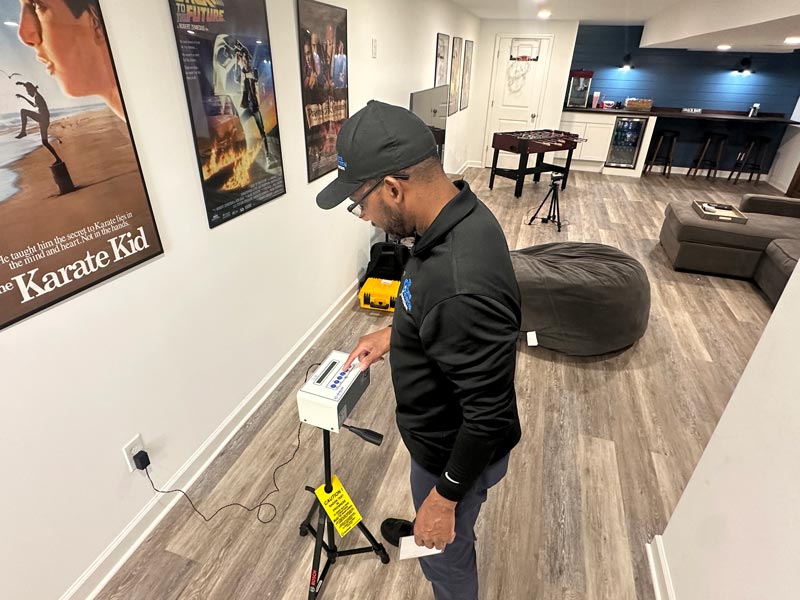
Setting Up Radon Monitoring Device
How Long Does a Radon Test Take?
How Can I Lower Radon Levels in My Property?
What Areas in Ohio Are Radon Levels the Highest?
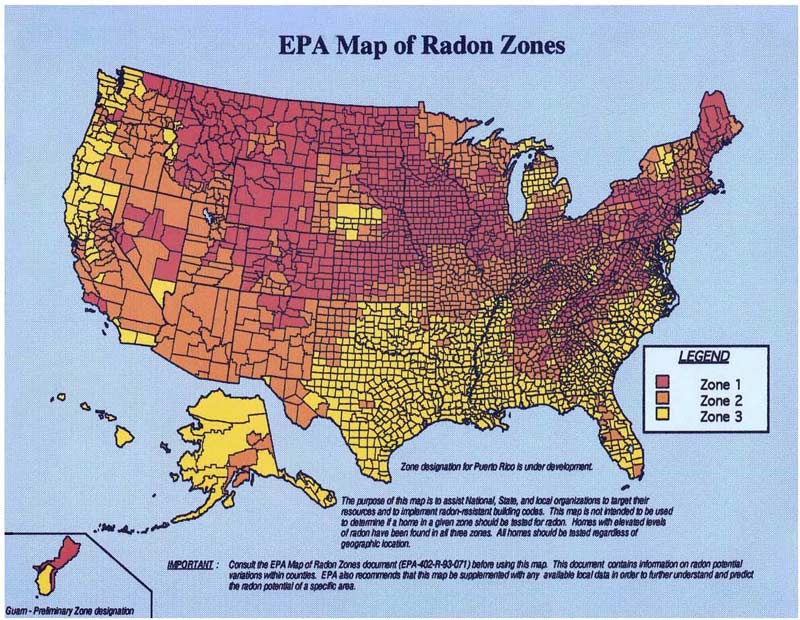
EPA Map of Radon Zones
Source: https://www.epa.gov/radon/epa-map-radon-zones
Which Ohio Counties Have the Highest Concentration of Radon Gas?
As you can see from the map, many of Ohio’s centrally located counties are predicted to have the highest levels of radon gas concentration. This estimate is based on prior testing and environmental factors that produce radon.
While the areas marked in orange and yellow will generally have lower levels of radon gas, property owners in these areas should still have their commercial buildings tested and demand an inspection before purchasing.


